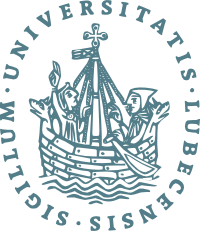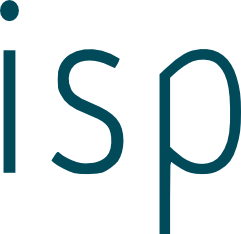Webbasiertes System zur automatischen Interface-Generierung für vernetzte Medizingeräte nach IEEE 1107-1020
vorgelegt von Danilo à Tellinghusen
Webbasiertes System zur automatischen Interfacegenerierung für vernetzte Medizingeräte nach IEEE 11073-10207
In dieser Arbeit wird eine Webanwendung zur Modellierung von Medizingeräten nach IEEE 11073-10207 entworfen und implementiert. Dafür wird eine ausführliche Anforderungsanalyse durchgeführt, welche die erforderlichen funktionalen und nicht-funktionalen Anforderungen untersucht, um anschließend verschiedene Varianten der Umsetzung zu diskutieren. Die Webanwendung wird mit dem Web-Framework Ruby on Rails sowie mit JavaScript umgesetzt und in die beiden Komponenten Backend und Frontend eingeteilt. Für die Entwicklung eines OSCP-fähigen Medizingerätes wird eine Workbench als Benutzerschnittstelle entwickelt, die es erlaubt mit Hilfe von Drag&Drop das Medizingerät in Baumstruktur zu modellieren. Unterstützend dazu wird ein Tree-Drawing-Algorithmus implementiert, der die automatische Anordnung des Medizingerätebaumes übernehmen kann. Nach erfolgreicher Modellierung wird aus dem Medizingerät eine dazugehörige XML-Device-Description und ein Device Template generiert. Das Device Template ist eine OSCP-fähige Medizingeräteimplementierung in der Programmiersprache Java, die als Entwicklungsgrundlage oder autonomes Testgerät eingesetzt werden kann. Dafür wird aus dem modellierten Gerät, mit Hilfe von Embedded Ruby und Java-Templates, dynamisch Quellcode generiert, der daraufhin in das Device Template eingebunden wird. Zur Umsetzung der Netzwerkanbindung wird die externe openSDC-Bibliothek eingesetzt. Mit dem Konzept der Runtime Verification wird eine zusätzliche Sicherheitsschicht zur Überwachung von Metriken in das Device Template integriert. Mit Hilfe der LamaConv-Bibliothek können dafür aus individuellen temporallogischen oder regulären Ausdrücken spezielle Monitore synthetisiert werden.
Web based system for an atomatic interface generation for connected medical devices according to IEEE 11073-10207
This thesis develops and implements a web application for modelling of medical device according to IEEE 11073-10207. For this purpose a detailed requirement engineering is performed which analyzes all necessary functional and non-functional requirements. The application was developed with the Ruby on Rails web application framework as well as JavaScript and is divided into the backend and frontend components. Within the scope of this thesis a workbench was developed as graphical user interface to model an OSCP capable medical device. This workbench allows the user to model a medical device with drag and drop functionalities, as a tree like the MDIB. Furthermore, a tree drawing algorithm was implemented for an automatic sort functionality of the medical device tree. After a successful modeling process, the web application generates automatically a corresponding XML-device-description and a device template. The device template is an OSCP capable java implementation of a medical device, which can be used as base of development or as an autonomous test device. Therefore a source code is dynamically generated and integrated into the device template with the help of embedded ruby and Java templates. For the implementation of the network interface, an external library called openSDC is used. An additional security layer with the runtime verification was introduced to monitor the metrics with the medical device implementation. With the help of the LamaConv library, the regular and temporal expressions were then synthesized to a monitor which is used within the device implementation.
- News
- Research
- Teaching
- Staff
- Martin Leucker
- Diedrich Wolter
- Ulrike Schräger-Ahrens
- Mahmoud Abdelrehim
- Aliyu Ali
- Christopher Walther
- Phillip Bende
- Moritz Bayerkuhnlein
- Marc Bätje
- Tobias Braun
- Gerhard Buntrock
- Raik Dankworth
- Anja Grotrian
- Raik Hipler
- Elaheh Hosseinkhani
- Frauke Kerlin
- Karam Kharraz
- Mohammad Khodaygani
- Ludwig Pechmann
- Waqas Rehan
- Martin Sachenbacher
- Andreas Schuldei
- Mahdi Pourghasem
- Manuel Herbst
- Inger Struve
- Annette Stümpel
- Gesina Schwalbe
- Tobias Schwartz
- Daniel Thoma
- Sparsh Tiwari
- Lars Vosteen
- Open Positions
- Contact

